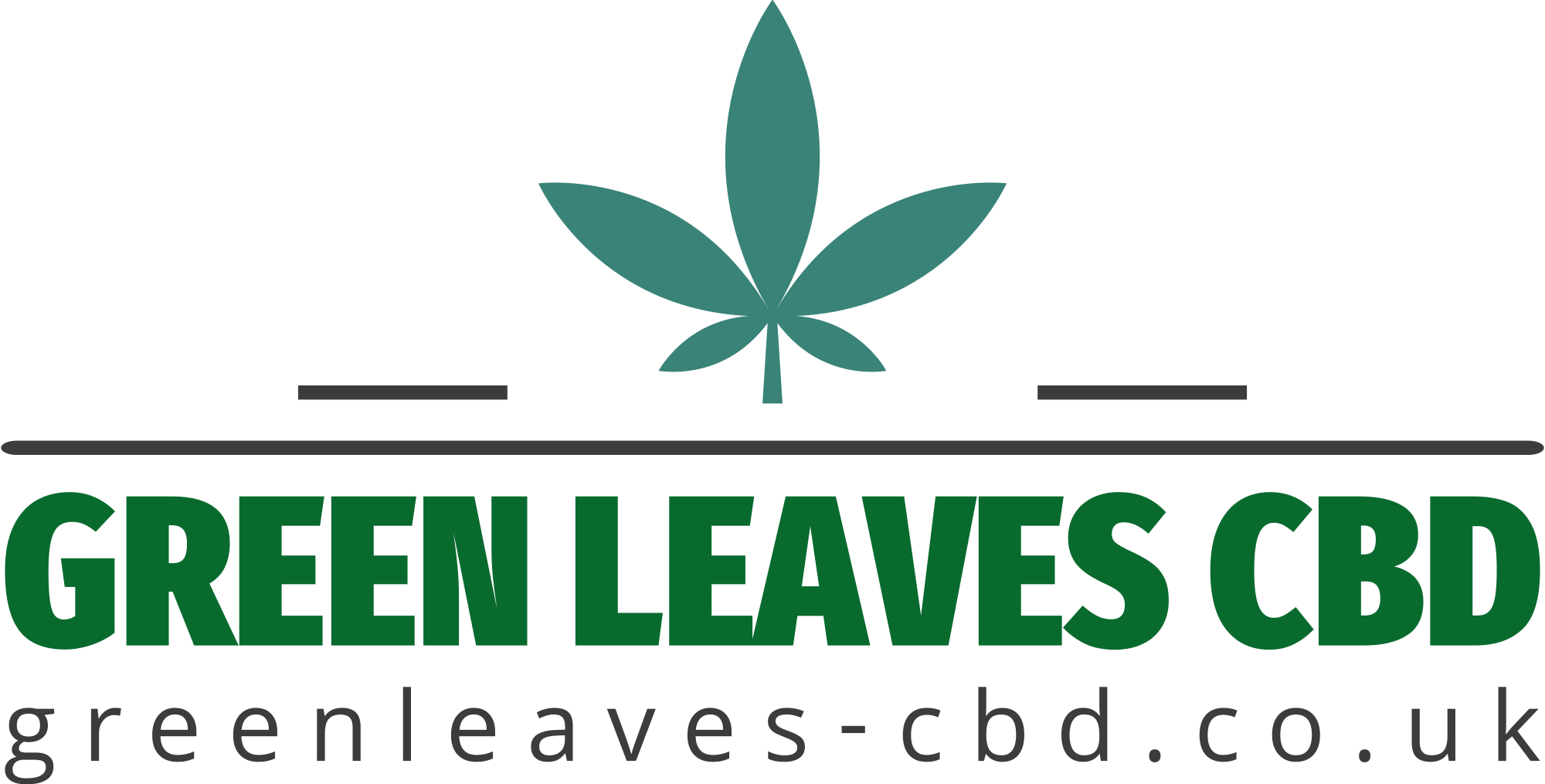Skin Texture
Skin texture refers to the surface quality and smoothness of your skin. Factors like genetics, age, environmental damage, and skincare habits can all contribute to variations in skin texture, leading to concerns such as unevenness, roughness, or a lack of radiance.
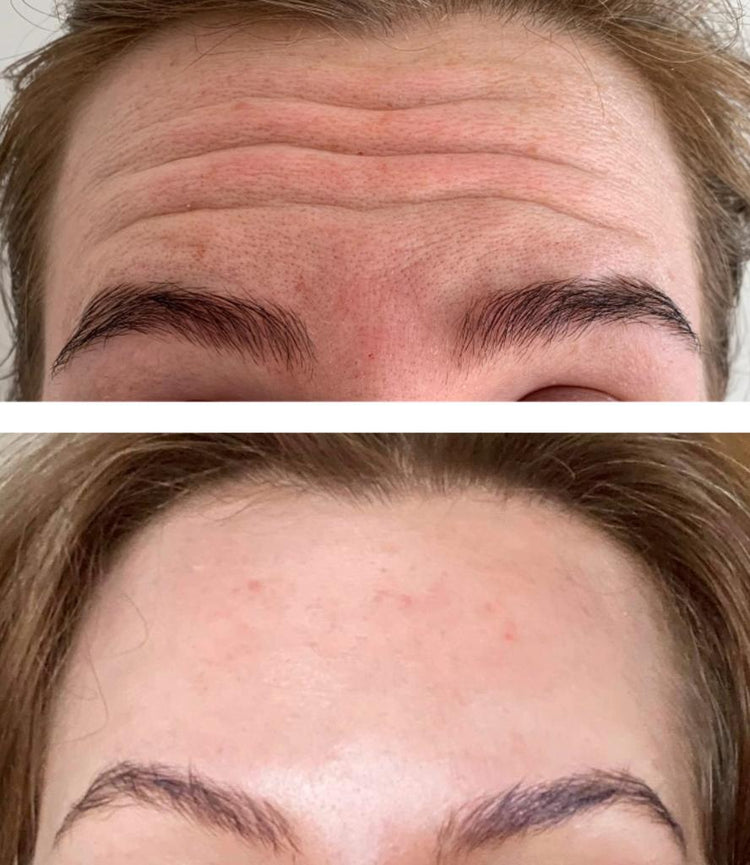
Common Skin Concerns
Common skin concerns that impact skin texture include acne, which can leave behind scars or post-inflammatory hyperpigmentation; dryness, causing flakiness and rough patches; oiliness, resulting in enlarged pores and a dull complexion; and sun damage, leading to wrinkles, age spots, and uneven pigmentation.
Treatments for Texture Improvement
In New Malden, Surrey, individuals seeking to improve their skin texture can find a range of specialized treatments at reputable clinics and salons.
Chemical peels use acids to exfoliate the outer layer of skin, revealing smoother, brighter skin underneath. Microdermabrasion utilizes tiny crystals to gently resurface the skin, reducing fine lines, wrinkles, and uneven texture.
Dermaplaning involves a physical exfoliation technique where a blade is used to remove dead skin cells and vellus hair, resulting in a smoother, more radiant complexion.
Microneedling stimulates collagen production through tiny punctures in the skin, improving texture, minimizing scars, and reducing pore size.
Chemical Peels
Chemical peels are a popular treatment option for those looking to improve skin texture. There are varying strengths of chemical peels available, each targeting different skin concerns. Superficial peels use milder acids like glycolic or lactic acid to exfoliate the surface layer of skin, improving overall brightness and tone. Medium-depth peels utilize stronger acids such as trichloroacetic acid (TCA) to penetrate deeper into the skin, addressing more significant issues like fine lines, wrinkles, and acne scars.
Peels require a consultation with a qualified professional to determine the appropriate type and strength for your individual skin type and concerns. It’s crucial to follow pre-and post-peel instructions carefully to ensure optimal results and minimize potential side effects.
Microneedling
Microneedling is a minimally invasive cosmetic procedure that involves using tiny needles to create controlled punctures in the skin. These micro-injuries stimulate the body’s natural healing process, triggering collagen and elastin production. This increased collagen production leads to improved skin texture, reducing the appearance of fine lines, wrinkles, acne scars, and enlarged pores.
Microneedling can also improve skin tone by promoting cell turnover and encouraging a more even distribution of pigment. The procedure is typically performed in a clinic setting by a trained professional using a specialized device with adjustable needle depth settings. The number of sessions required for optimal results varies depending on individual factors such as skin type, concerns, and treatment goals.
Laser Resurfacing
Laser resurfacing is a non-surgical procedure that utilizes targeted laser energy to remove damaged layers of skin, revealing smoother, rejuvenated skin beneath. This technique can effectively address a variety of skin texture concerns, including fine lines, wrinkles, acne scars, sun damage, and uneven pigmentation.
There are two main types of laser resurfacing: ablative and non-ablative. Ablative laser resurfacing removes the topmost layers of skin, resulting in significant skin rejuvenation but requiring a longer recovery period. Non-ablative laser resurfacing targets deeper layers of the dermis without removing the outer skin layer, leading to less downtime and milder results.
Prior to undergoing laser resurfacing, it is essential to consult with a qualified dermatologist or plastic surgeon who can assess your individual skin type, concerns, and medical history. They will determine the most suitable type of laser and treatment parameters for optimal outcomes.
Skin Tone
Skin tone refers to the pigmentation of your complexion, which is influenced by genetics, sun exposure, and other factors. Variations in skin tone are natural and beautiful, but certain concerns such as unevenness or hyperpigmentation can arise. In New Malden, Surrey, individuals seeking to improve their skin tone have access to a range of advanced treatments tailored to address these concerns.
Hyperpigmentation
Hyperpigmentation occurs when there is an overproduction of melanin, the pigment that gives skin its color. This can result in dark spots, patches, or discoloration on the skin’s surface. Several factors contribute to hyperpigmentation, including sun exposure (the leading cause), hormonal changes, inflammation from acne or injury, and certain medical conditions.
Addressing hyperpigmentation often involves a combination of approaches, including topical treatments, chemical peels, laser therapy, and lifestyle modifications. Topical creams containing ingredients like hydroquinone, retinol, vitamin C, or kojic acid can help lighten dark spots by inhibiting melanin production. Chemical peels use acids to exfoliate the skin, removing pigmented layers and revealing brighter skin underneath.
Laser therapy targets hyperpigmented areas with concentrated light energy, breaking down melanin clusters and reducing their appearance. Sun protection is crucial in preventing further hyperpigmentation, and individuals should consistently wear sunscreen with an SPF of 30 or higher, even on cloudy days.
Sun Damage
Sun damage is a significant contributor to skin texture and tone concerns. Prolonged exposure to ultraviolet (UV) radiation from the sun can cause various issues, including wrinkles, age spots (liver spots), uneven pigmentation (hyperpigmentation or hypopigmentation), and an increased risk of skin cancer.
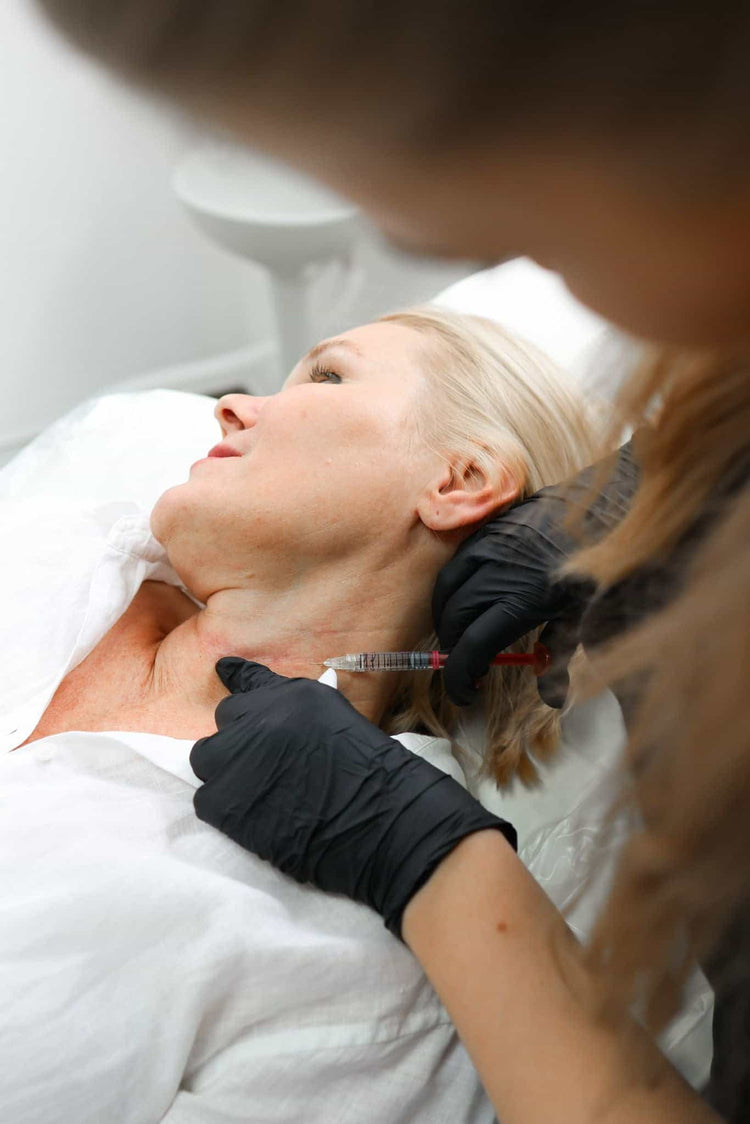
The sun’s UV rays penetrate deep into the skin’s layers, damaging collagen and elastin fibers responsible for skin’s firmness and elasticity. This damage leads to the visible signs of aging, such as fine lines, wrinkles, and sagging skin. Furthermore, UV radiation triggers melanin production in excess, resulting in dark spots or patches of hyperpigmentation.
Protecting your skin from sun damage is essential for maintaining healthy skin texture and tone. Wearing broad-spectrum sunscreen with an SPF of 30 or higher daily, even on cloudy days, is crucial.
Seek shade during peak sunlight hours (10 a.m. to 4 p.m.), wear protective clothing like hats and long sleeves, and avoid tanning beds altogether as they emit harmful UV radiation.
Rosacea
Rosacea is a common skin condition that primarily affects the face. It causes redness, flushing, visible blood vessels, and sometimes small, pus-filled bumps. The exact cause of rosacea is unknown, but it’s believed to be linked to a combination of genetic predisposition and environmental triggers.
Skin tone can play a role in how rosacea manifests. Individuals with fairer skin tones tend to experience more visible redness and flushing.
While there’s no cure for rosacea, various treatments are available to manage its symptoms and improve skin appearance. These include topical medications like metronidazole or azelaic acid to reduce inflammation and redness, oral antibiotics in some cases, and laser therapy to target blood vessels. Lifestyle modifications, such as avoiding triggers like sun exposure, spicy foods, alcohol, and stress, can also help.
Treatments for Tone Improvement
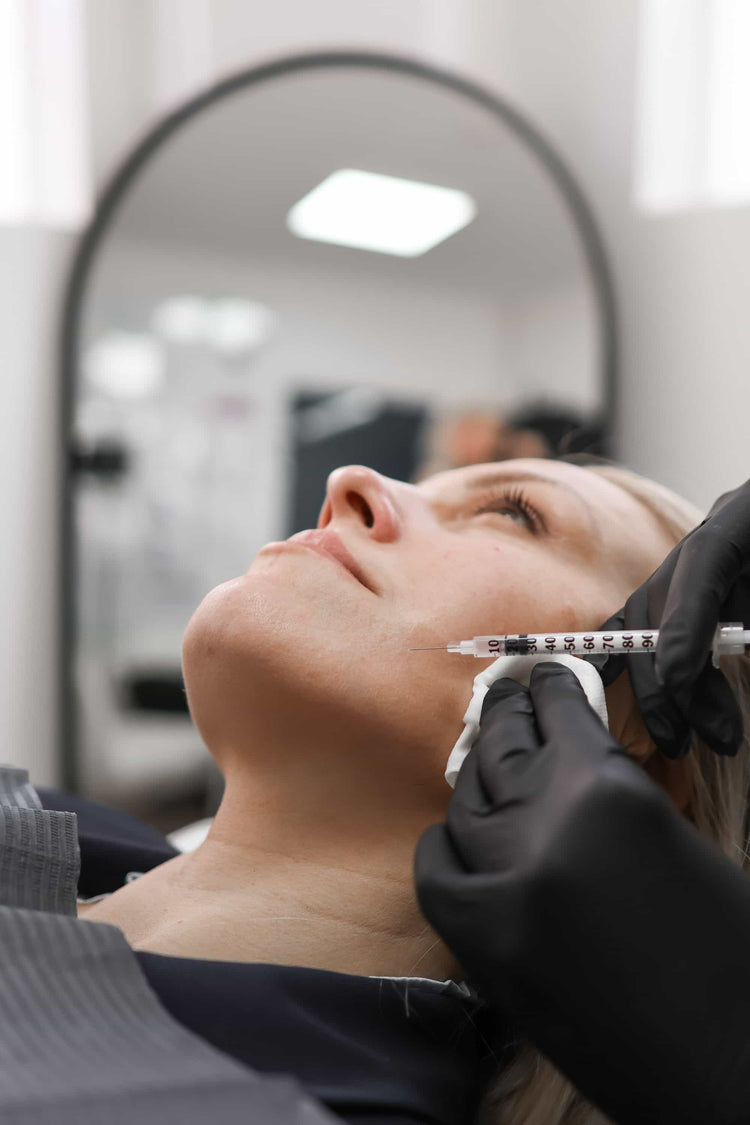
Skin tone refers to the pigmentation of your complexion, which is influenced by genetics, sun exposure, and other factors. Variations in skin tone are natural and beautiful, but certain concerns such as unevenness or hyperpigmentation can arise.
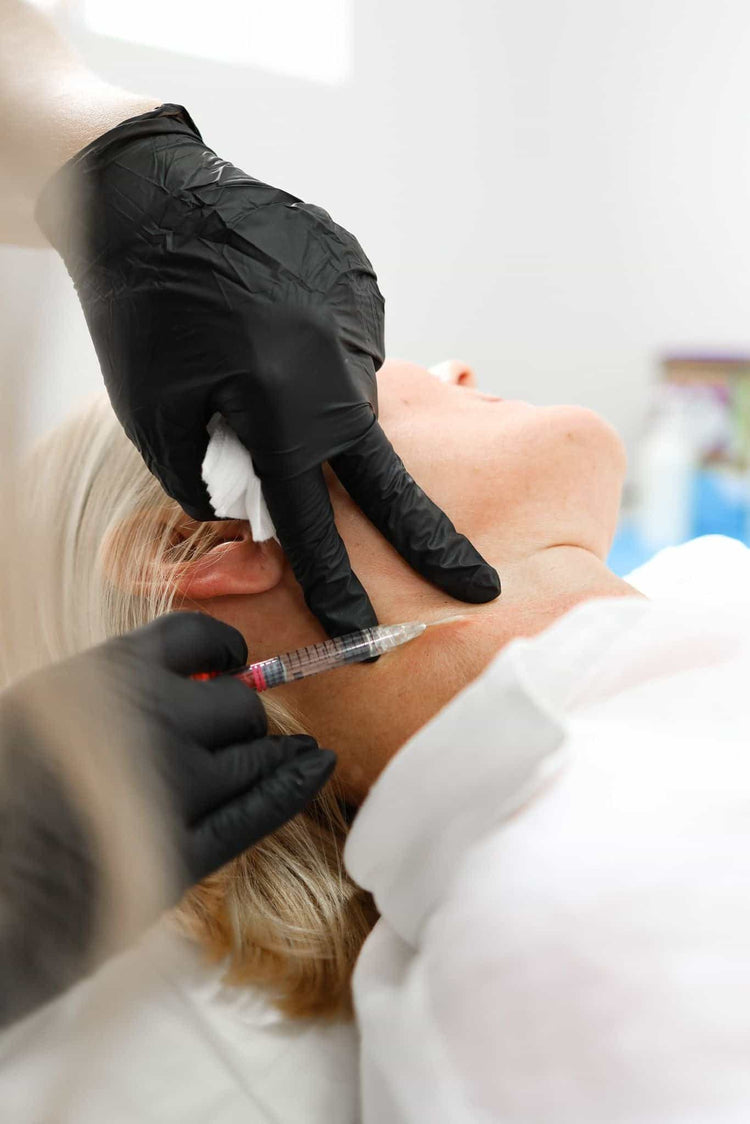
Hyperpigmentation occurs when there is an overproduction of melanin, the pigment that gives skin its color. This can result in dark spots, patches, or discoloration on the skin’s surface. Several factors contribute to hyperpigmentation, including sun exposure (the leading cause), hormonal changes, inflammation from acne or injury, and certain medical conditions.
Addressing hyperpigmentation often involves a combination of approaches, including topical treatments, chemical peels, laser therapy, and lifestyle modifications. Topical creams containing ingredients like hydroquinone, retinol, vitamin C, or kojic acid can help lighten dark spots by inhibiting melanin production. Chemical peels use acids to exfoliate the skin, removing pigmented layers and revealing brighter skin underneath.
Laser therapy targets hyperpigmented areas with concentrated light energy, breaking down melanin clusters and reducing their appearance. Sun protection is crucial in preventing further hyperpigmentation, and individuals should consistently wear sunscreen with an SPF of 30 or higher, even on cloudy days.
Topical Skin Lighteners
Topical skin lighteners are products designed to reduce the appearance of dark spots, patches, or uneven pigmentation on the skin. These products typically contain ingredients that inhibit melanin production, the process responsible for giving skin its color.
Common ingredients found in topical skin lighteners include hydroquinone, retinol, vitamin C, kojic acid, licorice root extract, and azelaic acid. Hydroquinone is a potent skin-lightening agent that works by blocking melanin production. However, it can have potential side effects such as skin irritation or ochronosis (a bluish-black discoloration of the skin) with prolonged use, so it’s often used under a dermatologist’s supervision.
Retinol is a derivative of vitamin A that promotes cell turnover and collagen production, helping to improve skin texture and reduce hyperpigmentation. Vitamin C is a potent antioxidant that brightens skin tone and protects against further sun damage, which can contribute to uneven pigmentation. Kojic acid is derived from fungi and inhibits melanin synthesis.
Licorice root extract contains glabridin, which has anti-inflammatory and skin-lightening properties. Azelaic acid is a natural ingredient with antibacterial, anti-inflammatory, and skin-lightening effects.
IPL (Intense Pulsed Light) Therapy
Intense Pulsed Light (IPL) therapy is a non-invasive treatment that uses broad-spectrum light to target various skin concerns.
IPL works by delivering controlled pulses of light energy into the skin. This energy is absorbed by targeted chromophores, such as melanin in pigmentation issues or blood vessels in rosacea. The absorbed energy breaks down these targets, stimulating collagen production and promoting skin renewal.
For skin tone improvement, IPL can be effective in treating hyperpigmentation, sun damage, and age spots. It works by breaking down excess melanin clusters, leading to a more even and brighter complexion.
However, it’s important to note that individual results may vary depending on factors such as skin type, the severity of the concern, and the number of treatment sessions required. It’s crucial to consult with a qualified dermatologist or esthetician experienced in IPL therapy to determine if it’s a suitable option for your specific skin concerns and goals.
Chemical Peels
Chemical peels involve the application of acids to exfoliate the skin’s surface, revealing smoother, brighter skin underneath. There are different strengths of peels available, each targeting specific skin concerns.
Superficial peels use milder acids like glycolic or lactic acid for overall brightening and tone improvement. Medium-depth peels utilize stronger acids like trichloroacetic acid (TCA) to address fine lines, wrinkles, and acne scars more effectively.
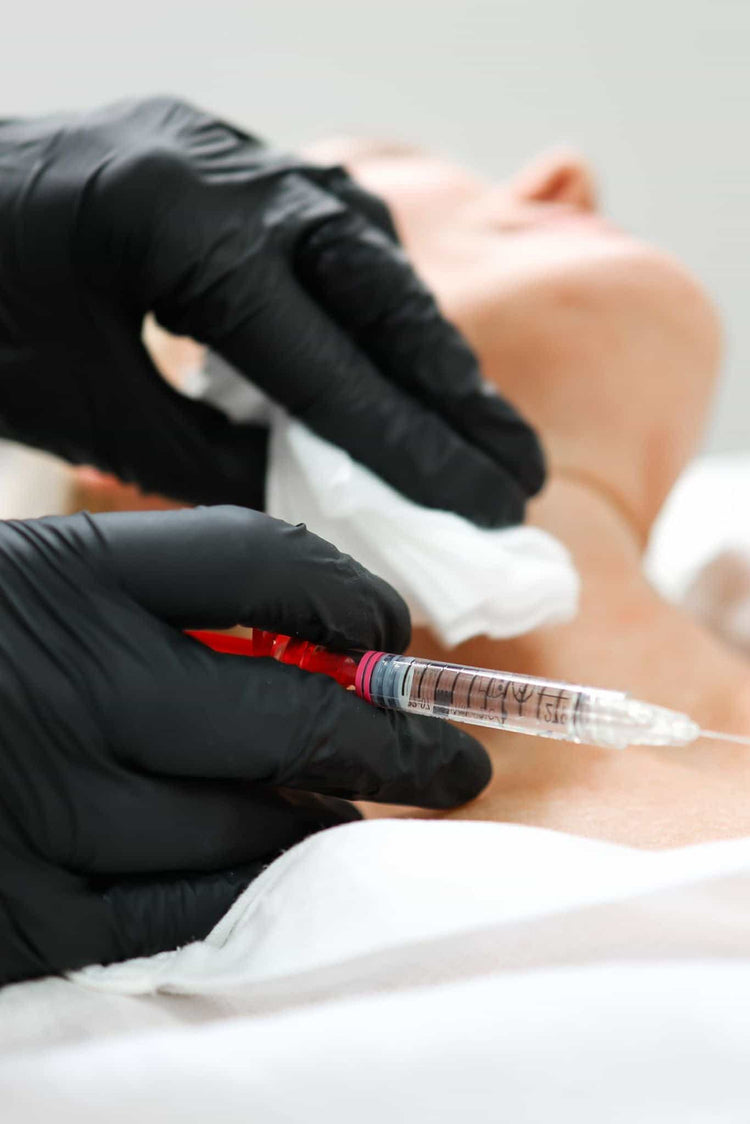
Choosing the right type of peel depends on individual skin type and concerns. Consultation with a qualified professional is crucial to ensure safe and optimal results.
Achieve subtle and natural lip enhancement at It’s Me & You Clinic with Dr. Laura Geige
- Why Did I Stop Using Fillers After 2 Years? - November 13, 2025
- What Is The Best Non-Surgical Face Lift For 2024? - November 10, 2025
- What Are The Benefits Of Using CBD Infused Gummies Daily - November 7, 2025
